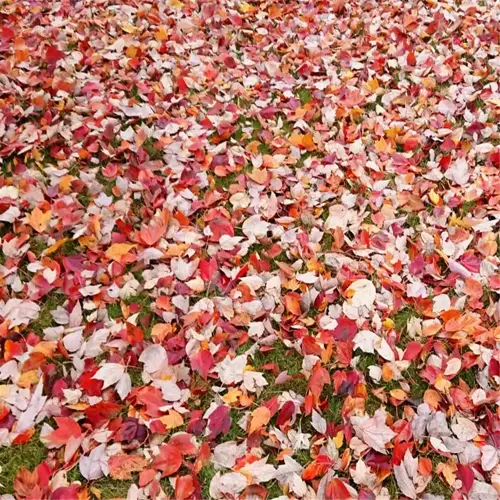Is drought-resistant landscaping cost-effective?

Written by
Paul Reynolds
Reviewed by
Prof. Charles Hartman, Ph.D.Drought-resistant landscaping gives a return on investment within 3-5 years! A client in Texas replaced her lawn with Sedum and Agave, which cost her approximately $800/year in water to maintain; however, the cost dropped to just $240/year after conversion.Additionally, the cost of maintaining the plants decreased by 70% for the same period, as they thrived without fertilizers and frequent maintenance.
Initial Investment vs. Long-Term Savings
- Gravel mulch: Costs $200-$500 upfront but reduces watering by 40%.
- Native plants: $3-$8 per plant; self-seeding varieties like Blanket Flower regrow yearly.
- Drip irrigation: $0.10-$0.50 per square foot; targets roots, minimizing waste.
Maintenance Reductions
- No mowing: Save $30-$50 monthly on lawn services.
- Lower pest control: Lavender and Yarrow repel insects naturally.
- No fertilizers: Drought plants thrive in lean soil.
Native plants, including Purple Coneflower and Switchgrass, reduce long-term costs. In Arizona, a xeriscape planting these native plants lived through summers of 110°F, receiving only two deep waterings per month. The homeowner saved $2,200 a year which was then used to add a rainwater harvesting system.
Be smart about design. For example, plant high-drought plants like Yucca in the sun zones, and that will mitigate irrigation needs. A project in Colorado used paths of crushed granite to reflect heat, and soil temperatures were 15°F cooler while the Sedum and Lamb's Ears required no additional watering.
Steer clear of conventional blunders. Overwatering your drought-resistant perennials can lead to root rot. A gardener in New Mexico lost several Agave plants due to overwatering before purchasing moisture sensors. Now, the plants get 12 gallons per month instead of the previous watering of 24 gallons, and they reliably bloom.
Read the full article: 15 Top Drought Resistant Perennials for Water-Wise Gardens

